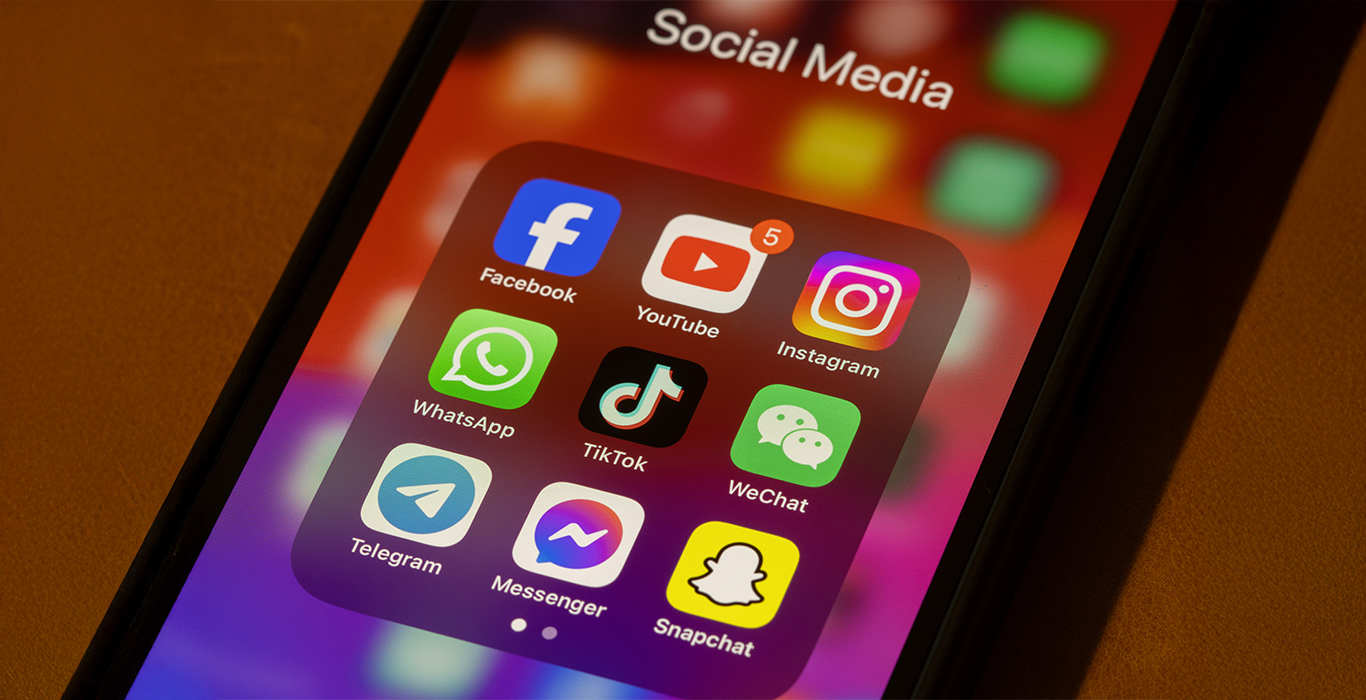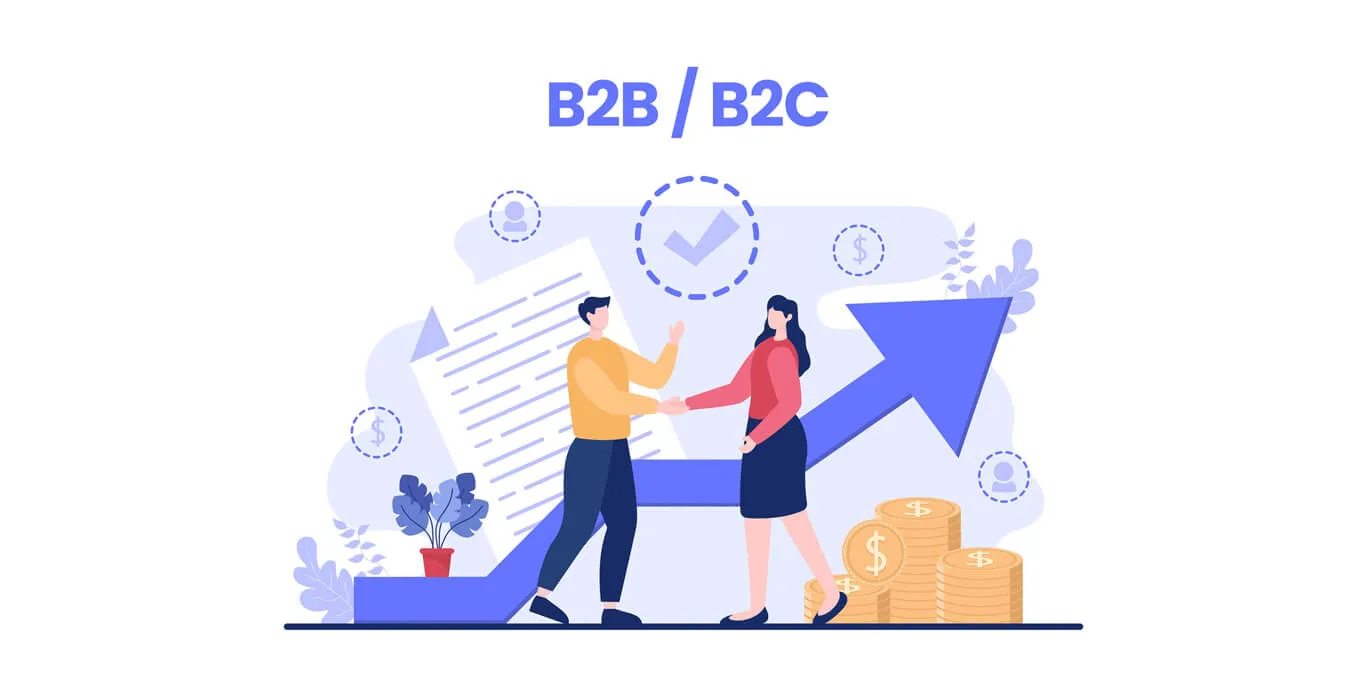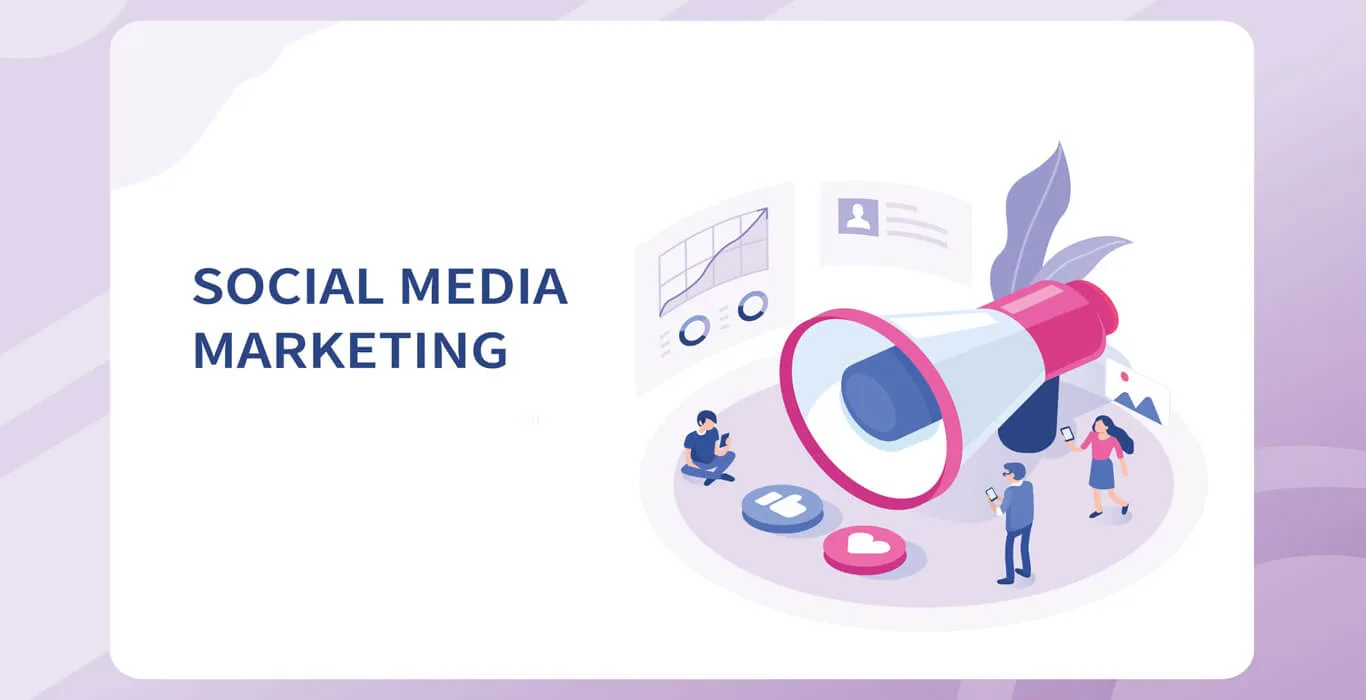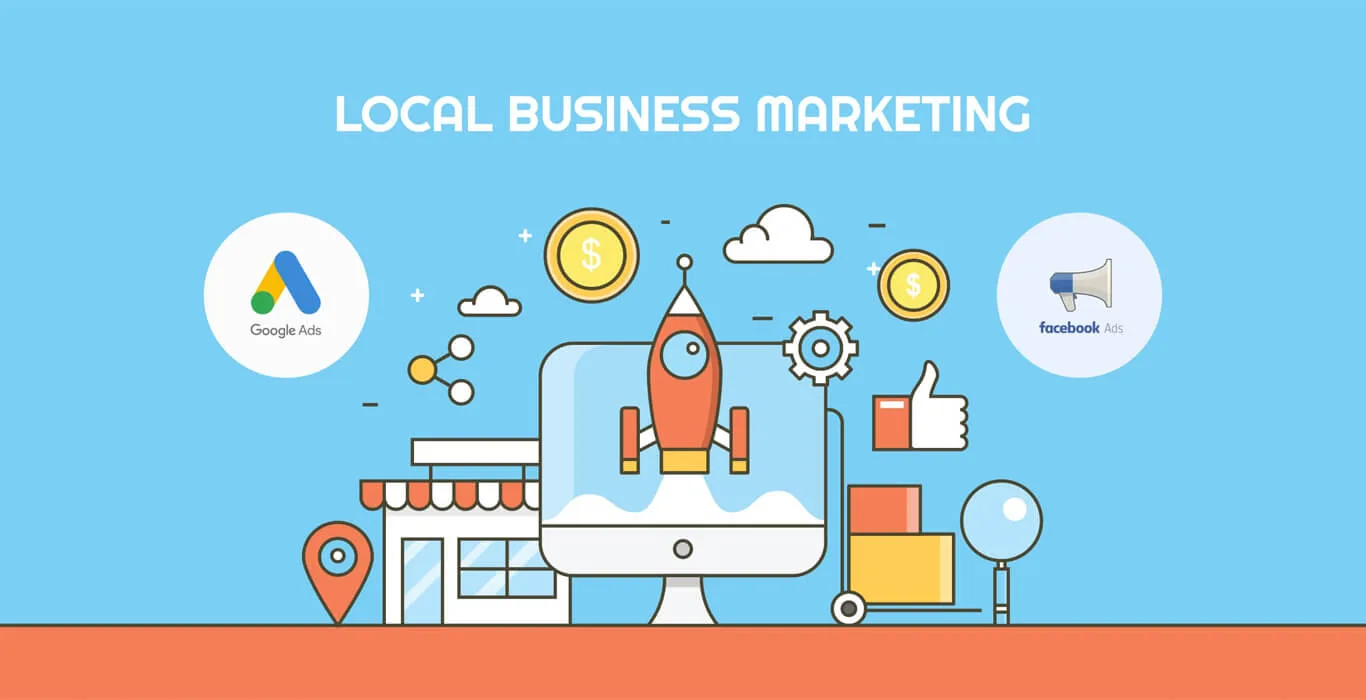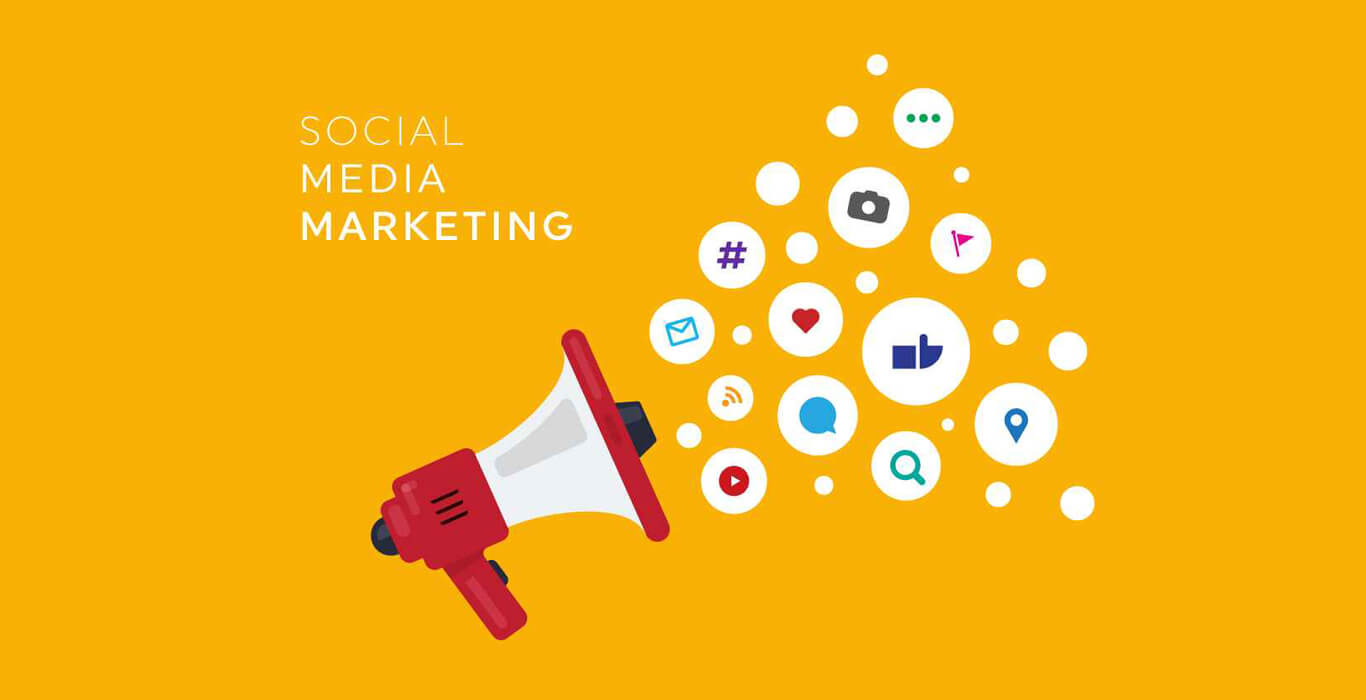Quick Summary
- Set alignment between your social media goals and your business objectives.
- Set goals to track your process and achieve quantifiable success.
- Performance evaluation to improve ROI and engagement.
Did you know? “Greater exposure is among the greatest advantages of social media marketing” and it’s not us saying that; this is the opinion of more than 80% of marketers globally. (Source: Statista)
You may have noticed some businesses are doing well on social media, while others still lag behind. Why? Is it due to the designs? The quality of reels? The captions? No! There is a strong chance that social media goals or objectives are not aligned with their practices.
Social media has completely revolutionized how companies engage with their audiences. With proper strategy, social media platforms such as Facebook, Instagram, LinkedIn, and Twitter can assist you in reaching new customers, increasing engagement, and boosting conversions. In fact, without goals, efforts can lack the necessary direction
In this blog, we will walk you through how to create effective social media goals for your business, explore various types of objectives, and provide advice on how to measure your success. Ready to level up your social media game?
Table of Contents
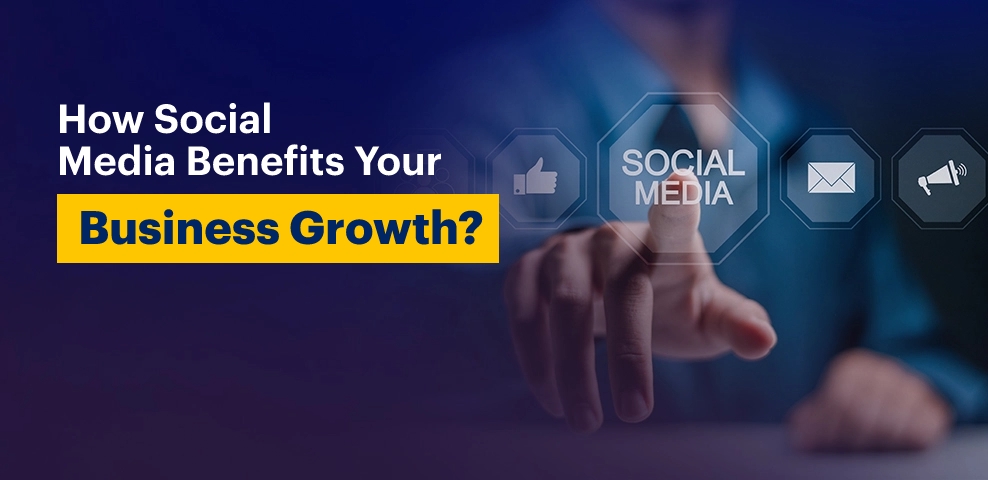
What Are Social Media Goals?
Before setting them, it’s essential to know about what social media goals actually are. Simply put, they are the targets you define for your brand’s activity and presence on social media sites. These goals are quite significant in steering your social media marketing efforts toward the overall business objectives.
Whether building brand awareness, driving traffic to the website or generating sales, your goals will dictate how much you succeed and how effortlessly you can achieve them. By setting measurable and transparent goals, companies can assess how successful their campaigns are and optimize them for better results.
Why Do Social Media Marketing Goals Matter?
Having social media marketing goals is not only a best practice – it’s critical to business success. Here’s why:
1. Gives Direction -
Without goals, your social media activities can seem aimless. Definite targets provide you with a guide, directing each post and social platform decision, ensuring that everything supports your business goals.
For example, Coca-Cola, for instance; their social media revolves around sharing the messages of happiness and togetherness. By having goals such as “increase brand visibility” or emphasize brand values,” Coca-Cola maintains consistency across all channels.
Specific intentions like brand awareness can help keep your marketing team on track and in sync, making every social media activity meaningful and effective.
2. Measurable Success -
Rather than merely striving to “drive engagement,” having measurable goals “to get 25% more Instagram likes in 3 months” can help you better achieve them. Google Analytics or Facebook Insights are some of the tools that allow you to monitor these KPIs and measure progress.
3. Strategy Optimisation -
Well-defined objectives enable companies to adjust their strategies based on time. Based on outcome analysis, content, messaging and advertisement targeting can be improved to gain more interaction.
For instance, Airbnb enhanced user engagement by customizing ads for their users based on their preferences, which resulted in improved performance. Likewise, if your user-generated content posts on Instagram are more successful, you can concentrate on that kind of content.
4. Audience Insights -
When establishing goals, companies get a better understanding of their target audience. By monitoring engagement (likes, comments, shares) and reach (how many view your content), you can find out exactly what works for your followers.
These observations enable you to streamline your content strategy, prioritizing only what your fans actually care about.
So, if your fans adore video tutorials, you can boost your video content, leading to greater engagement and a better relationship with your audience. Knowing this helps to develop more targeted, better-performing strategies
5. Increasing ROI -
How to Set Social Media Goals:
1. Establish Your Business Goals -
Before establishing social media marketing goals, it’s important to determine your overall business goals that you intend to achieve. Like:
Drive Sales -
Build Brand Awareness -
Engage with Your Community -
2. Identify Your Target Audience -
Demographics -
Interests -
Behaviors -
3. Select Specific Measurable Goals -
Set Clear Targets -
Include a Timeframe -
Measure Measurable Metrics -
Use Analytic Tools -
Need Help With Your Social Media Strategy?
Get a Free Consultation Today!
Schedule Your Free Social Media Audit or Call
Call us at +91 88888 66110
4. Tie Your Goals to Your Content Strategy -
Content Specific to Your Objective -
Pair Content Type with Objective -
Employ Strong Calls to Action (CTAs) -
Optimize Content for Platforms -
5. Choose the Right Social Media Platforms -
Audience Alignment -
Content Type -
Platform Strengths -
6. Set Realistic Timelines -
Break Goals into Milestones -
Divide larger goals into smaller targets with deadlines. For example, if your goal is to increase lead generation by 20% in a year, set a quarterly target of 5% growth. This makes the overall goal more manageable and trackable.
7. Monitor Key Performance Indicators (KPIs) -
Engagement Rate -
Click-Through Rate (CTR) -
Conversion Rate -
8. Track Progress and Tweak -
Goals You Can Achieve When You Run Social Media Advertising:
1. Brand Awareness -
2. Lead Generation -
3. Customer Engagement -
By talking to your audience regularly, you not only gain more visibility but also have a more engaged and loyal audience.
4. Customer Support and Service -
Having social media as your customer service earns trust and loyalty from your followers.
5. Building Influence and Authority -
6. Reputation Management -
Protecting and improving your brand’s reputation is essential for long-term success. By monitoring online sentiment, like what people are saying about your brand on social media, you can quickly spot negative comments or feedback. Addressing these issues in real-time, whether by apologizing, offering a solution, or simply acknowledging the concern, helps maintain a positive image.
If a customer posts a complaint review on Facebook, a prompt reply with a helpful message indicates that your brand is concerned about feedback and action-oriented when resolving issues. This establishes a positive image for your brand and earns your customer’s trust.
7. Building Community -
Creates Loyalty -
Promotes Advocacy -
Organic Engagement -
8. Customer Retention -
Customer retention is usually cheaper than acquiring new customers because repeat buyers will repeat purchases and send friends. With customer loyalty objectives such as rewarding or discounting, you have incentives for long-term relationships. Also, by requesting feedback from time to time through surveys or social media, you understand customer needs and how to improve their experience. Customer engagement through customized content, thank-you messages, or promotions supports loyalty and enhances retention levels even more.
9. Website Traffic -
Struggling to Make
Social Media Work for You?
Let’s unlock the true potential of your social media presence!
Get a Free Social Media Audit or Call +91 88888 66110
How to measure social media goals?
1. Monitor the Right Metrics:
Monitor Key Metrics -
Monitor specific KPIs to your aims, such as levels of engagement, website visits, or conversions. They give a good idea of the performance of your campaigns.
Sharpen Strategies based on Data -
2. Leverage Analytics Tools:
3. Monitor Engagement Metrics:
Likes -
Shares -
Comments -
Follower Growth -
Actionable Insights -
Measuring engagement metrics helps determine the kind of content that performs the best to inform future content creation to deliver a better result.
4. Track Follower Growth:
5. Measure Website Traffic:
Monitor Traffic Sources -
Use UTM parameters to see which social network is driving traffic to your website.
Google Analytics Insights -
Monitor Campaign Performance -
Most Popular Content -
6. Monitor Conversion Rates:
If 100 people click on your Facebook ad and 5 buy, your conversion rate is 5%. Measuring conversion rates allows you to know which campaigns are driving valuable actions so that you can optimize for better performance.
If your goal is to make sales or get sign-ups, you need to track conversion rates. It shows how many visitors take the action you want, like buying something or subscribing.
7. Measure Reach and Impressions:
Both are worth measuring to account for your brand visibility—reach tells you how many individuals are looking at your content, and impressions tell you how often it’s being looked at.
8. Check Return on Investment (ROI):
Conclusion
FAQs
1. What are the most effective social media marketing goals for small businesses?
2. What are the best ways to track the success of my social media marketing goals?
3. How often should I update my social media goals?
4. What is a SMART goal for social media advertising?
5. How do I boost engagement on my social media?

Ashish Dalia is the CEO & Chief Digital Marketing Strategist at I Knowledge Factory Pvt. Ltd.

Ashish Dalia is the CEO & Chief Digital Marketing Strategist at I Knowledge Factory Pvt. Ltd.



